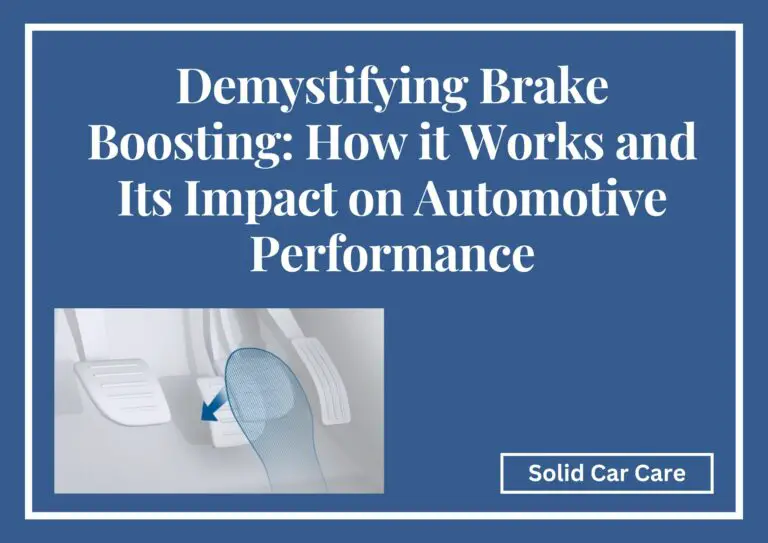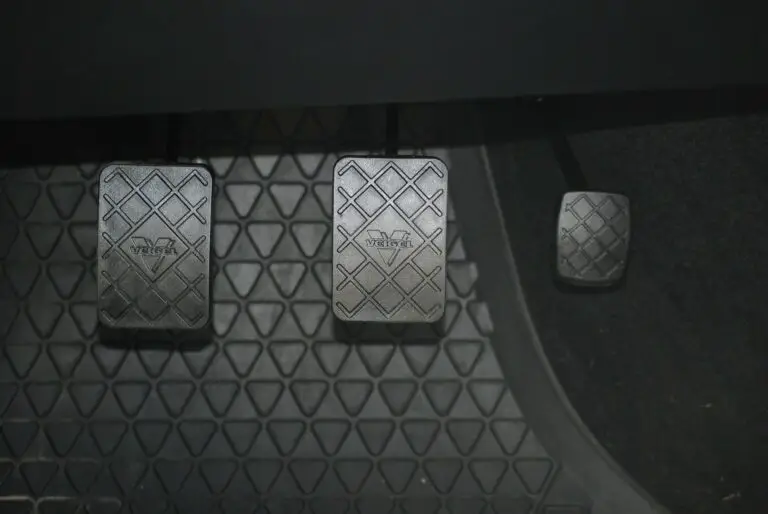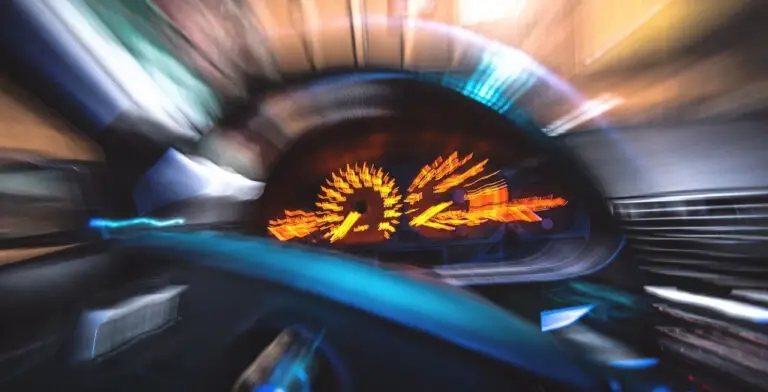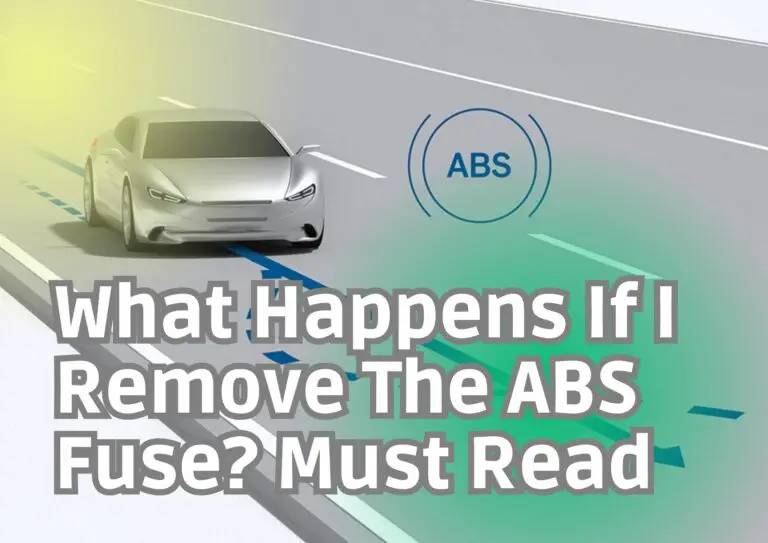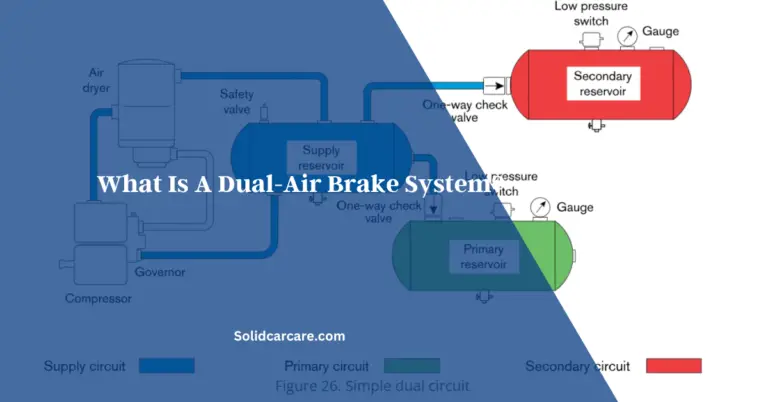New Struts Making Noise When Turning: Understanding the Causes and Solutions

New struts may make noise when turning due to factors such as improper installation, lack of break-in period, low-quality struts, or misalignment. Consult with the installer or mechanic to address the issue and ensure proper installation, break-in, and quality of the struts.
Your vehicle’s suspension system is crucial in ensuring a smooth and comfortable ride. Struts, a vital suspension component, absorb impacts and provide stability while enhancing steering control. However, it can be disheartening to experience noise from new struts, especially when turning.
In this article, we’ll delve into the reasons behind this common complaint and provide insights into addressing the issue.
Table of Contents
How should new struts feel?

New struts should provide a firm yet controlled feel when driving. New struts should effectively absorb impacts from bumps, potholes, and uneven road surfaces when properly installed and functioning correctly.
They should provide stability and minimize body roll during turns, enhancing the vehicle’s handling and steering response. You should feel a noticeable improvement in the smoothness of the ride, with reduced vibrations and excessive bouncing.
Additionally, the struts should contribute to maintaining tire contact with the road, allowing for better traction and overall stability. New struts should provide a comfortable, controlled, and responsive feel, ensuring a more enjoyable driving experience.
Symptoms of Loose Strut Nut; All Explained
solidcarcare.com
Understanding Struts and Their Function
Before we delve into the causes of noise from new struts, let’s first understand what struts are and their role in the vehicle’s suspension system. Struts are a type of suspension assembly that combines a shock absorber and a structural component.
They are typically mounted between the chassis and the wheel hub, providing support and connecting various suspension components.
The primary functions of struts in a vehicle’s suspension system include absorbing impacts from road irregularities and providing stability. They also contribute to steering control and handling by minimizing body roll and maintaining tire contact with the road surface.
Possible Causes of Noise from New Struts
When newly installed struts produce noise, several factors may be at play. Here are some potential causes to consider:
Lack of Proper Break
In Period New struts often require a break-in period to settle into their optimal performance.
During this period, the components may adjust slightly and conform to the vehicle’s specific characteristics. Failure to allow for an adequate break-in period can result in noise and discomfort.
Improper Installation or Torqueing
If the struts were not installed correctly or the fasteners were not torqued to the manufacturer’s specifications, noise could occur.
Insufficient tightening can lead to looseness or rattling, while over-tightening can cause binding or interference between components.
Defective or Low-Quality Struts
Using subpar or defective struts can also contribute to noise issues. Inferior materials, faulty manufacturing, or compromised damping characteristics can lead to unwanted sounds and diminished performance.
Misalignment or Interference
Issues Misalignment of suspension components or interference between the strut assembly and other parts can result in noise during turning. Misalignment can cause undue stress on the struts, leading to creaking or groaning sounds.
How do you stop my struts from squeaking?
If you’re experiencing noise from your new struts when turning, follow these steps to address the issue:
Consultation with the Installer or Mechanic
Start by reaching out to the professional who installed the struts. Share your concerns and provide specific details about the noise you are experiencing.
They may have insights into the installation process or potential issues that could be causing the noise.
Confirming Proper Installation and Torque
Ask the installer or a trusted mechanic to inspect the struts and ensure they were installed correctly. They should check for any loose or improperly tightened fasteners.
Proper torquing of the strut assembly is crucial for optimal performance and minimizing noise.
Considering Break-In Period Recommendations
If you didn’t allow for a break-in period after the strut installation, it’s essential to do so. Refer to the manufacturer’s recommendations for the specific struts you have installed.
Follow the prescribed break-in procedures, which may involve driving under certain conditions or for a specified mileage. This allows the struts to settle and adapt to your vehicle.
Assessing the Quality of the Struts
If the noise persists, it’s worth considering the struts’ quality. Low-quality or defective struts can produce noise and affect the overall performance of your suspension system.
Consult with a reputable automotive professional to assess the struts and determine if they need to be replaced with higher-quality alternatives.
Why are my new struts so bouncy?
There could be several reasons why your new struts feel excessively bouncy. Here are a few potential explanations:
- Improper Installation
If the struts were not installed correctly, it can lead to improper alignment or insufficient tightening of components. This can result in the struts not functioning optimally, causing excessive bounce.
- Inadequate Break-In Period
New struts often require a break-in period to settle and adjust to your vehicle’s characteristics. If you haven’t allowed for a proper break-in period, the struts may not have fully adapted, leading to a bouncier ride.
- Low-Quality or Incorrect Struts
If the struts installed are of low quality or not suitable for your vehicle’s specifications, they may not provide the necessary damping characteristics. This can lead to excessive bounce and poor ride quality.
- Suspension Component Issues
An excessive bounce could also be a symptom of other suspension component problems. Worn-out or damaged components, such as bushings, control arms, or stabilizer links, can impact the performance of the struts and result in a bouncy ride.
To address the issue, start by consulting with the installer or a trusted mechanic to assess the installation and ensure it was done correctly. If the installation was proper, allow for a break-in period if you haven’t already.
Decoding the Mystery: Why Is Your Car Making a Humming Noise When Driving?
solidcarcare.com
Conclusion
It can be frustrating and concerning when new struts make noise, especially during turning. However, understanding the potential causes and following the appropriate steps can help address the issue. Proper installation, adherence to break-in periods, and consideration of strut quality are essential in resolving the noise.
Remember, seeking professional assistance from an experienced mechanic or automotive specialist is always recommended for a thorough diagnosis and resolution. By taking proactive steps, you can ensure the optimal performance of your suspension system and enjoy a quieter and smoother driving experience.
Some related FAQs
Are new struts supposed to be stiff?
Due to their fresh damping characteristics, new struts may feel slightly stiffer than worn-out ones. However, they should still provide a comfortable and controlled ride. Excessive stiffness or harshness may indicate a problem with the installation or the choice of struts.
How long does the break-in period for new struts typically last?
The break-in period for new struts can vary depending on the manufacturer and the specific type of struts. Following the manufacturer’s guidelines is generally recommended, including driving under certain conditions or for a specified mileage, usually ranging from 100 to 500 miles.
Why do my new struts make noise when going over bumps?
Noise from new struts when going over bumps can be attributed to various factors, such as improper installation, inadequate break-in period, or low-quality struts. It’s important to have the installation and the quality of the struts checked to identify the exact cause of the noise.
Can I replace just one strut or replace them in pairs?
It is generally recommended to replace struts in pairs, even if only one strut is showing signs of wear or damage. Replacing them in pairs ensures balanced suspension performance and helps maintain consistent handling and ride quality.
How often should I replace my struts?
The lifespan of struts can vary depending on driving conditions, vehicle usage, and the quality of the struts. As a general guideline, struts may need replacement every 50,000 to 100,000 miles. However, it’s important to consult your vehicle’s manufacturer’s recommendations and have them inspected regularly for signs of wear or reduced performance.

